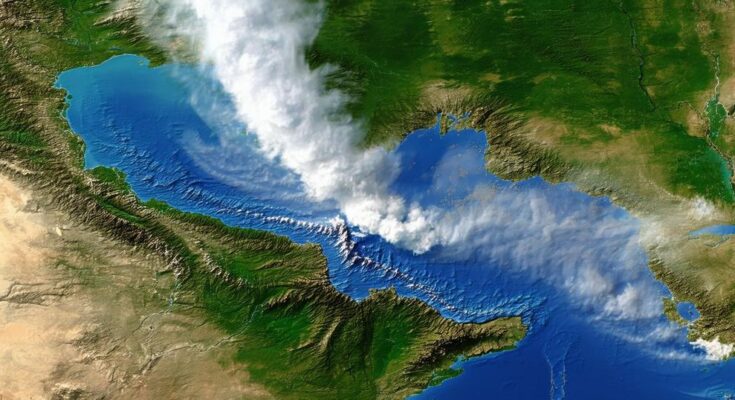The strongest earthquakes recorded include the Valdivia Earthquake (9.5) in 1960, the Great Alaska Earthquake (9.2) in 1964, the Sumatra-Andaman Earthquake (9.1) in 2004, the Tohoku Earthquake (9.1) in 2011, and the Kamchatka Earthquake (9.0) in 1952, emphasizing the need for improved disaster preparedness and response measures.
The strongest earthquake ever recorded is the Valdivia Earthquake, which occurred on May 22, 1960, with a remarkable magnitude of 9.5. Known as the Great Chilean Earthquake, it primarily impacted the Bio-Bio region of Chile and was characterized by a powerful shaking lasting approximately ten minutes, resulting in a significant tsunami that traversed the Pacific Ocean. The catastrophe led to a tragic death toll estimated at around 1,600 individuals in Chile, with approximately 3,000 injured and two million people rendered homeless. The tsunami waves inflicted fatalities in Hawaii, Japan, and the Philippines, while the earthquake further triggered the eruption of the Cordón Caulle volcano, intensifying the devastation. Following closely is the 1964 Great Alaska Earthquake, also referred to as the Good Friday Earthquake, which struck on March 27, 1964, attaining a magnitude of 9.2. Despite the severe destruction in Anchorage, the relatively low population density in certain areas resulted in a death toll of only 131, with extensive damage attributed to land subsidence, tremors, and a tsunami affecting Pacific coastlines from Alaska to California. The 2004 Sumatra-Andaman Earthquake registered a magnitude of 9.1 and occurred on December 26, 2004. This earthquake exemplified sheer devastation, causing a colossal tsunami that affected multiple countries, including Indonesia and Sri Lanka. The death toll exceeded 230,000, with entire communities lost to the waves. This tragic event prompted a global reevaluation of tsunami warning and emergency preparedness systems. Similarly, the 2011 Tohoku Earthquake, measuring 9.1 and occurring on March 11, 2011, near Japan’s Honshu coast, resulted in significant fatalities, approximately 18,000 individuals, and catastrophic damage including the Fukushima nuclear meltdown. The tremors lasted over six minutes, further exacerbated by tsunami waves that reached distant shores like Hawaii and South America. Japan emerged from this crisis with strengthened building codes and emergency protocols. Lastly, the Kamchatka Earthquake of November 4, 1952, measured 9.0 and was primarily characterized by its remote location, limiting fatalities to between 10,000 and 15,000, despite its enormous strength. The resulting tsunami inflicted damages on the Aleutian Islands and Hawaii, costing roughly $17 million. In Russia, the town of Severo-Kurilsk was directly hit by towering waves, leading to a considerable loss of life among its residents. The survivors subsequently rebuilt at a higher elevation as a precautionary measure. These catastrophic seismic events underscore the profound and lasting impacts of earthquakes on both local and global communities, necessitating ongoing advancements in disaster preparedness and response strategies.
The discussion of major earthquakes centers on their intensity, measured by magnitude, rather than their destructive consequences or casualties. Understanding the strongest earthquakes in history is essential to grasp the geological phenomena that create such immense upheaval. While various earthquakes have led to significant loss of life and property, the primary focus here is on the magnitude of these seismic events, emphasizing their recorded intensity and the geological power they exhibit. The historical context of these earthquakes provides insight into their effects on human lives and infrastructures, as well as the necessity for improved preparedness and response measures in the face of such natural disasters.
In conclusion, the strongest earthquakes recorded in history showcase the formidable power of seismic activity, particularly the Valdivia Earthquake which remains the largest with a magnitude of 9.5. Each event highlighted the urgent need for robust disaster preparedness systems and improved engineering practices to mitigate impacts. From the 1964 Great Alaska Earthquake to the catastrophic tsunami of 2004 in Sumatra, these instances remind humanity of nature’s unpredictability and the importance of learning from past disasters to safeguard future generations.
Original Source: science.howstuffworks.com




